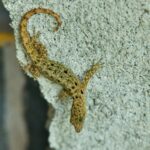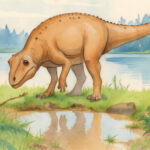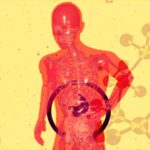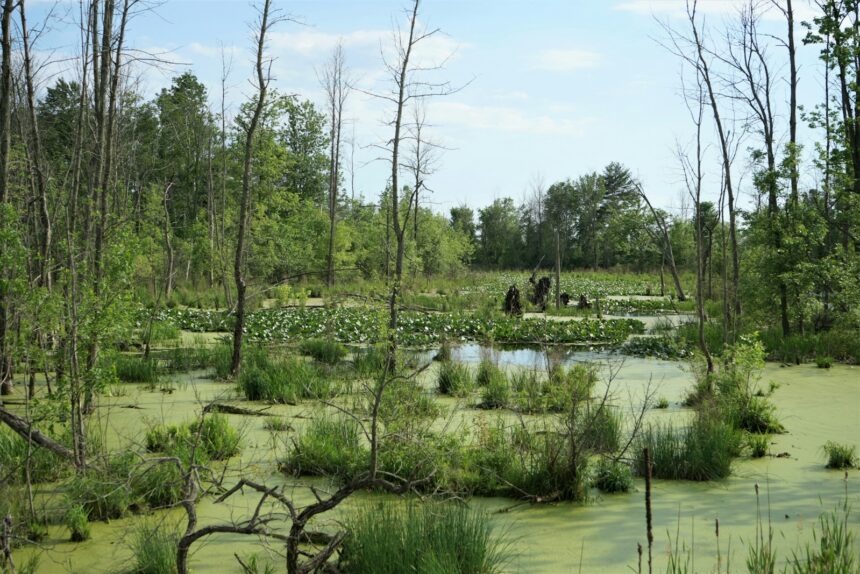When we think of plants, we usually imagine them as passive green beings rooted, waiting for the world around them to shape their lives.
But what if the truth is the other way around? A new study from northeastern China suggests that some wetland plants don’t just endure harsh soils; they actually rebuild them, turning tough, salty ground into more livable terrain.
The research focused on the wetlands around Chagan Lake, where five plant types dominate, from tall reeds and cattails to mosses and salt-tolerant plants.

What the team found was surprisingly elegant: each plant species reshaped its soil in a unique way. Reeds boosted organic matter, cattails encouraged enzymes that break down nutrients, and mosses fostered thriving microbial communities.
In short, the plants weren’t just surviving in tough conditions; they were quietly engineering their own underground world.
That’s not just a neat detail for ecologists. It has big-picture meaning. Wetlands are sometimes called the “kidneys of the Earth” because they filter water, store carbon, and provide a home for wildlife.
If certain plants can improve the soil beneath them, they could be powerful allies in restoring degraded wetlands, slowing land degradation, and even buffering against climate change.
For example, knowing which plants boost microbial life could guide future ecological projects, making them more self-sustaining.
Of course, there are limits. The work was done in one wetland system with salty soil. What is true at Chagan Lake may not apply everywhere. More studies are needed to test how common these plant–soil relationships really are.
But even with those caveats, the takeaway feels inspiring: plants are not passive passengers of the environment.
They are active architects, reshaping the very ground beneath them in ways that ripple through the entire ecosystem.
So next time you see a patch of reeds swaying in the wind, remember—they may be doing far more underground than meets the eye.
Story Source: Liu et al. (2025), published in Forests (MDPI). Read the original study here.







